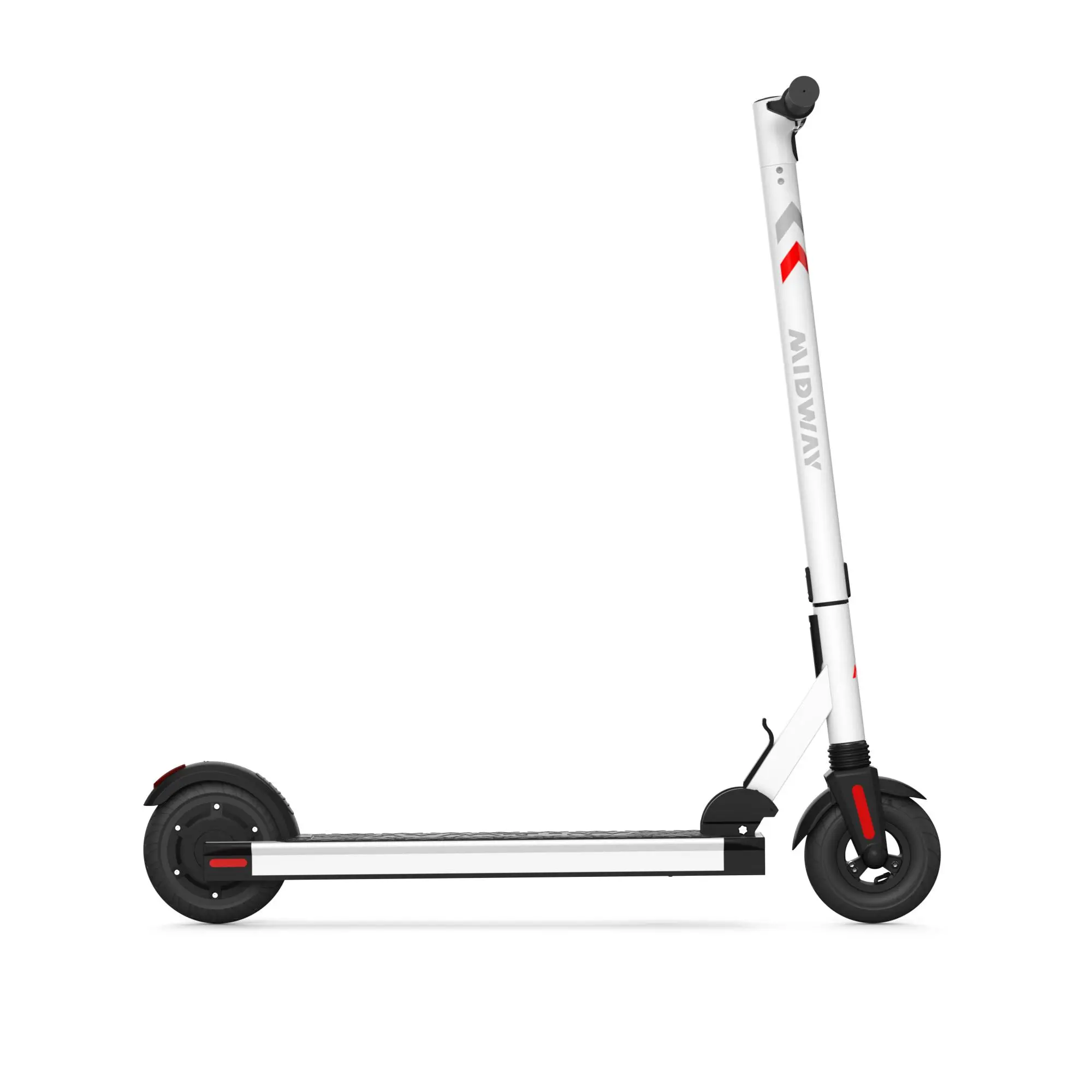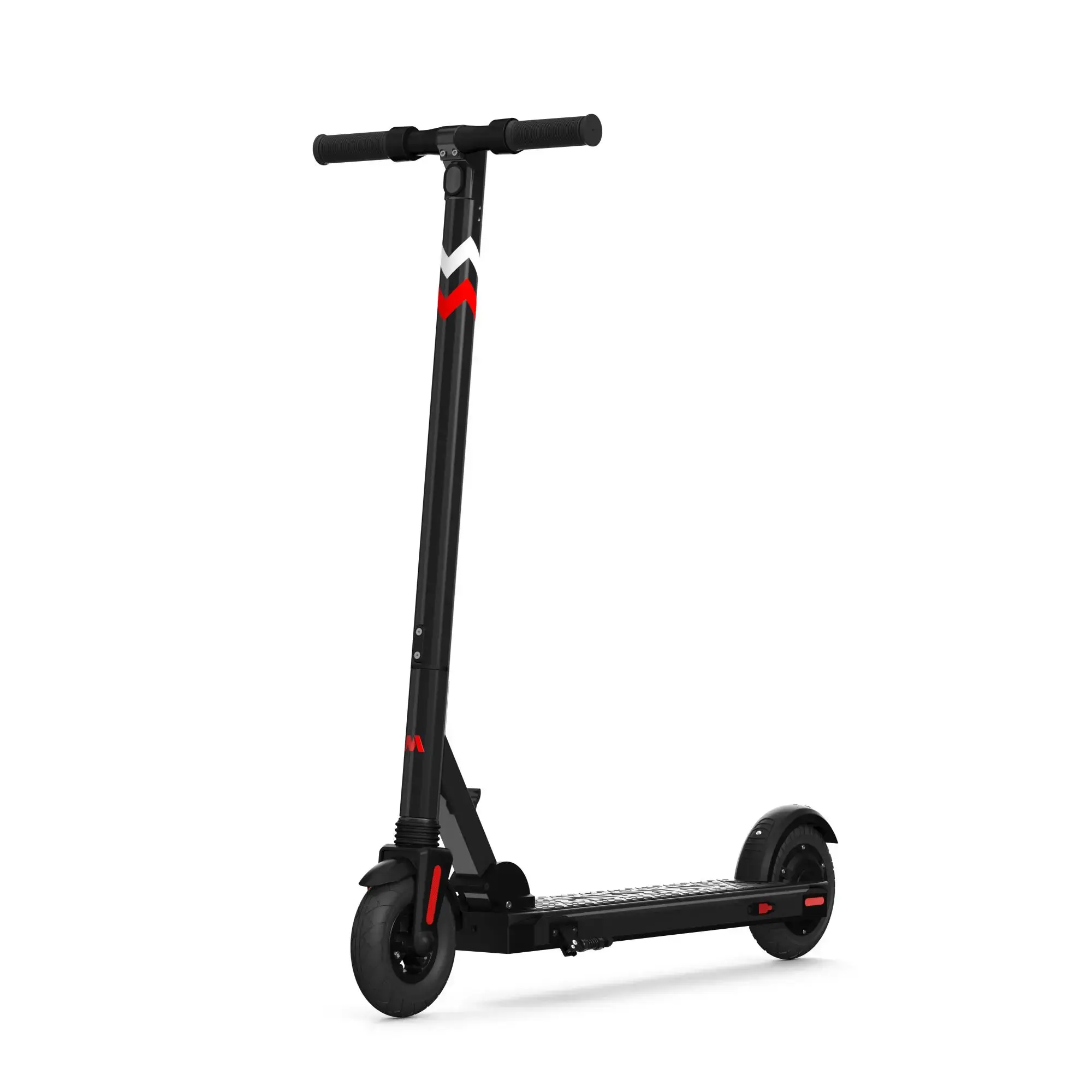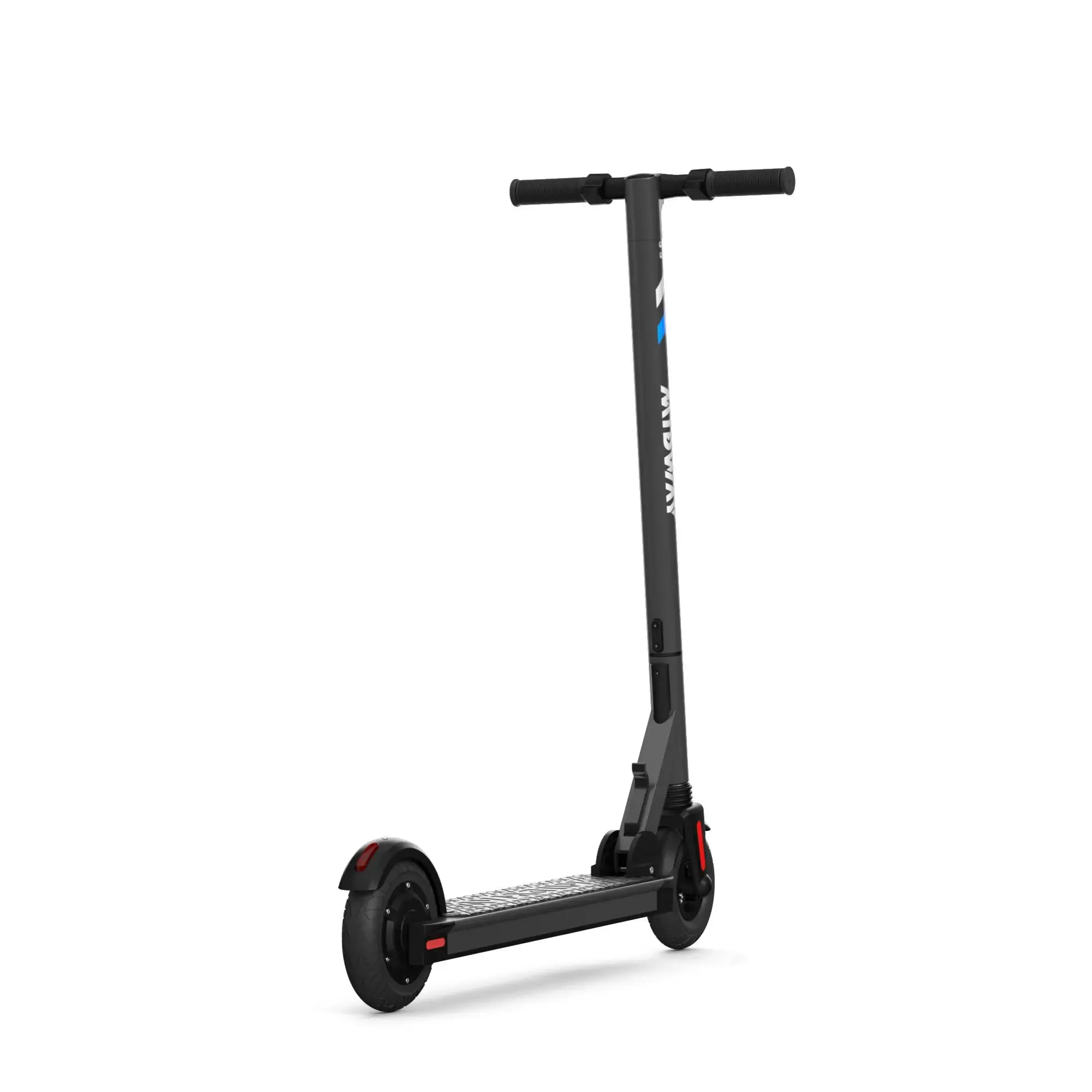Why can my electric scooter be turned on but not moving?
Electric scooters have become a popular mode of transportation that is convenient, efficient and environmentally friendly. However, like any mechanical device, they can encounter problems that can confuse and frustrate users. A common problem faced by many electric scooter owners is that the scooter starts but cannot move. This blog will explore the various reasons behind this issue, potential troubleshooting steps, and maintenance tips to ensure your electric scooter stays in top condition.
Learn the basics of electric scooters
Before we get into the reasons why an electric scooter can start but not move, it’s necessary to understand how an electric scooter works. Electric scooters usually consist of several key components:
- Battery: The power source that provides energy to the motor.
- Motor: Converts the battery’s electrical energy into mechanical energy to propel the scooter.
- Controller: Acts as the brain of the scooter, managing the flow of power from the battery to the motor based on user input.
- Throttle: The mechanism that allows the rider to control the speed of the scooter.
- BRAKE: Safety feature that allows the rider to stop the scooter.
- Wheels and Tires: Provide traction and support to the scooter.
Understanding these components can help you diagnose problems when your scooter starts but won’t move.
Common reasons why electric scooters start but don’t move
1. Battery problem
The battery is the heart of an electric scooter. If not functioning properly, the scooter may start but not have enough power to move.
-
Low Battery: If the battery is low, the scooter may start but there is not enough energy to start the motor. Check the battery level and charge it fully.
-
Battery Life and Condition: Batteries degrade over time. If your scooter is older, the battery may not charge effectively. If the battery shows signs of wear, consider replacing it.
-
Battery Connections: Loose or corroded connections may prevent the battery from delivering power to the motor. Check the battery terminals and make sure they are clean and securely connected.
2. Movement Problem
The motor is responsible for propelling the scooter. If there is a problem with the motor, the scooter may start but be unable to move.
-
Motor Failure: If the motor fails, it will not be able to turn the wheels. Listen for unusual sounds when you try to press the accelerator. If you hear a grinding sound or no sound at all, the motor may need repair or replacement.
-
Wiring Issues: Damaged or frayed wires can interrupt the flow of electricity from the battery to the motor. Check the wiring for any visible damage and repair or replace as necessary.
3. Controller failure
The controller is a key component in regulating motor power. If a malfunction occurs, the scooter may open but not respond to throttle input.
-
Controller Fault: A faulty controller may not be sending the correct signal to the motor. If you suspect this is the case, you may need to replace the controller.
-
Software Issue: Some electric scooters have programmable controllers. If there is a software glitch, it may prevent the scooter from moving. Check the manufacturer’s website for any firmware updates or troubleshooting tips.
4. Throttle problem
The throttle is the interface between the rider and the scooter. If it’s not working properly, the scooter may not respond to your commands.
-
Throttle Failure: Throttle failure may prevent the scooter from moving. Test the throttle by checking the resistance when twisting the throttle. If it feels loose or unresponsive, it may need to be replaced.
-
Wiring Issue: Similar to the motor, the throttle may have a wiring issue that prevents it from sending a signal to the controller. Check the throttle wiring for damage.
5. Brake Problem
If the brakes are applied, the scooter may not move even with power on.
-
BRAKE LOCK: Some scooters have a safety feature that locks the brakes when the scooter is powered on. Make sure the brakes are fully released before attempting to move.
-
Brake Wiring: If the brake lever is faulty or the wiring is damaged, it may signal to the controller that the brake is engaged, preventing movement.
6. Wheel and Tire Issues
Physical problems with the wheels or tires can also hinder movement.
-
Flat tire: If the tire is flat, the scooter will not be able to move. Check tire pressure and inflate tires if necessary.
-
Wheel Obstacles: Debris or foreign objects remaining in the wheels may impede movement. Check the wheels for any obstructions and remove them.
7. Security Features
Many electric scooters are equipped with safety features that prevent them from moving under certain conditions.
-
Kickstand: Some scooters have kickstand sensors that prevent movement when the kickstand is down. Make sure the stand is fully retracted.
-
Speed Limiter: If the scooter is in a speed-limited mode (such as beginner mode), it may not respond as expected. See the user manual for information on changing modes.
Troubleshooting steps
If your electric scooter starts but won’t move, follow these troubleshooting steps to identify and resolve the problem:
Step 1: Check the battery
- Make sure the battery is fully charged.
- Check the battery terminals for corrosion or loose connections.
- If the battery is old, consider replacing it.
Step 2: Check the Motor
- Listen for any unusual sounds when pressing the accelerator.
- Check the motor or wiring for any visible damage.
Step 3: Test the Controller
- Look for any signs of damage or malfunction.
- If possible, test the controller with a multimeter to make sure it is working properly.
Step 4: Check the Throttle
- Check the resistance when twisting the throttle.
- Check the throttle wiring for damage.
Step 5: Check the brakes
- Make sure the brake is fully released.
- Check the brake wiring for any problems.
Step 6: Check Wheels and Tires
- Check tire pressure and inflate if necessary.
- Look for any obstructions on the wheels.
Step 7: Check Security Features
- Make sure the stand is retracted.
- Check if the scooter is in speed limit mode.
Maintenance tips for electric scooters
To prevent problems with your electric scooter and ensure it stays in good working order, follow these maintenance tips:
1. Charge the battery regularly
Keep your battery fully charged to prevent its performance from degrading. Avoid letting it discharge completely as this will shorten its lifespan.
2. Check and clean the connection
Regularly check battery terminals and other connections for corrosion or dirt. Clean them as needed to ensure good electrical connections.
3. Monitor tire pressure
Check tire pressure regularly and inflate to recommended levels. Properly inflated tires improve performance and safety.
4. Keep your scooter clean
Clean your scooter regularly to prevent dirt and debris from causing problems. Pay special attention to the wheels and motor area.
5. Store properly
If you won’t be using your scooter for an extended period of time, store it in a cool, dry place. Avoid exposing it to extreme temperatures or moisture.
6. Follow manufacturer guidelines
Refer to the owner’s manual for specific maintenance recommendations and follow the manufacturer’s repair and replacement guidelines.
in conclusion
It can be frustrating to encounter an electric scooter that starts but won’t move, but knowing the potential causes and troubleshooting steps can help you solve the problem. By maintaining your scooter regularly and addressing any issues promptly, you can enjoy reliable, efficient transportation for years to come. If you are unable to diagnose or solve the problem yourself, seek professional help immediately from a qualified technician or the manufacturer’s customer service. Happy skating!

















